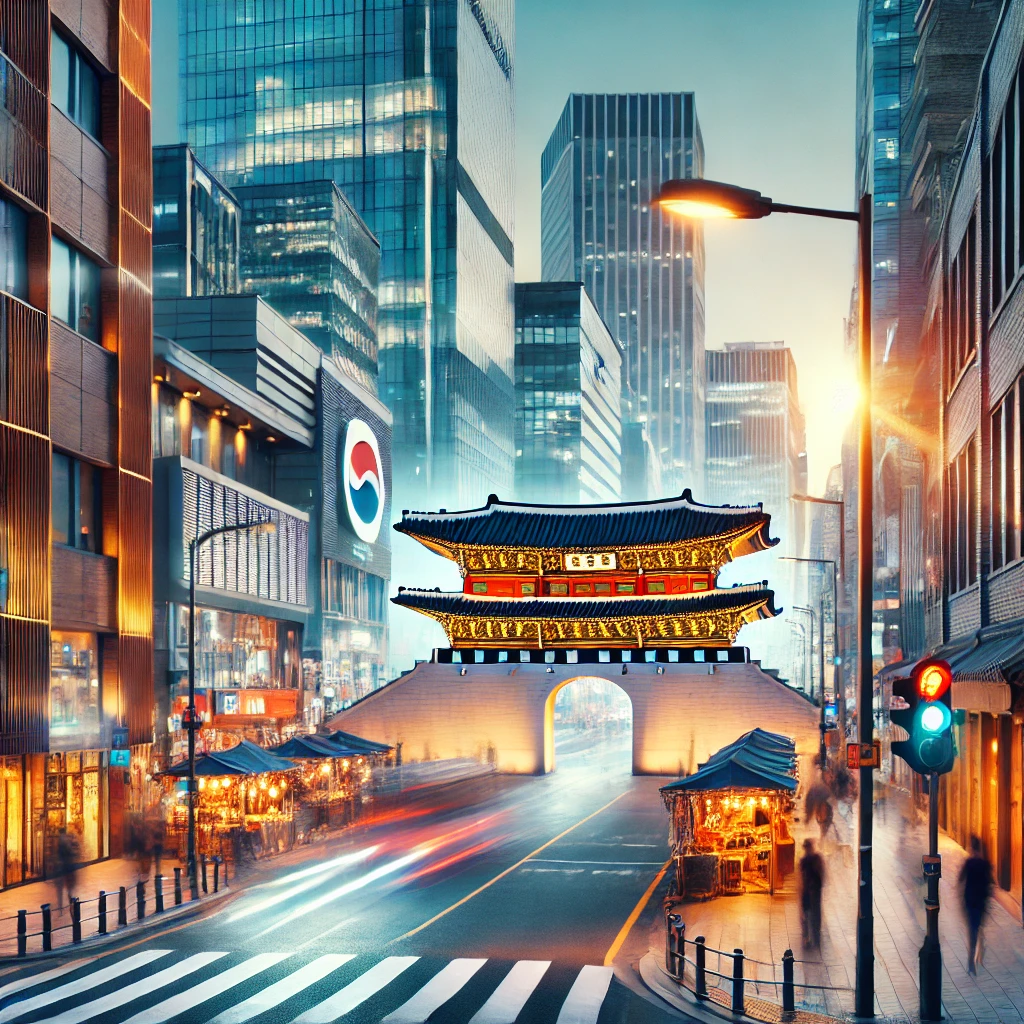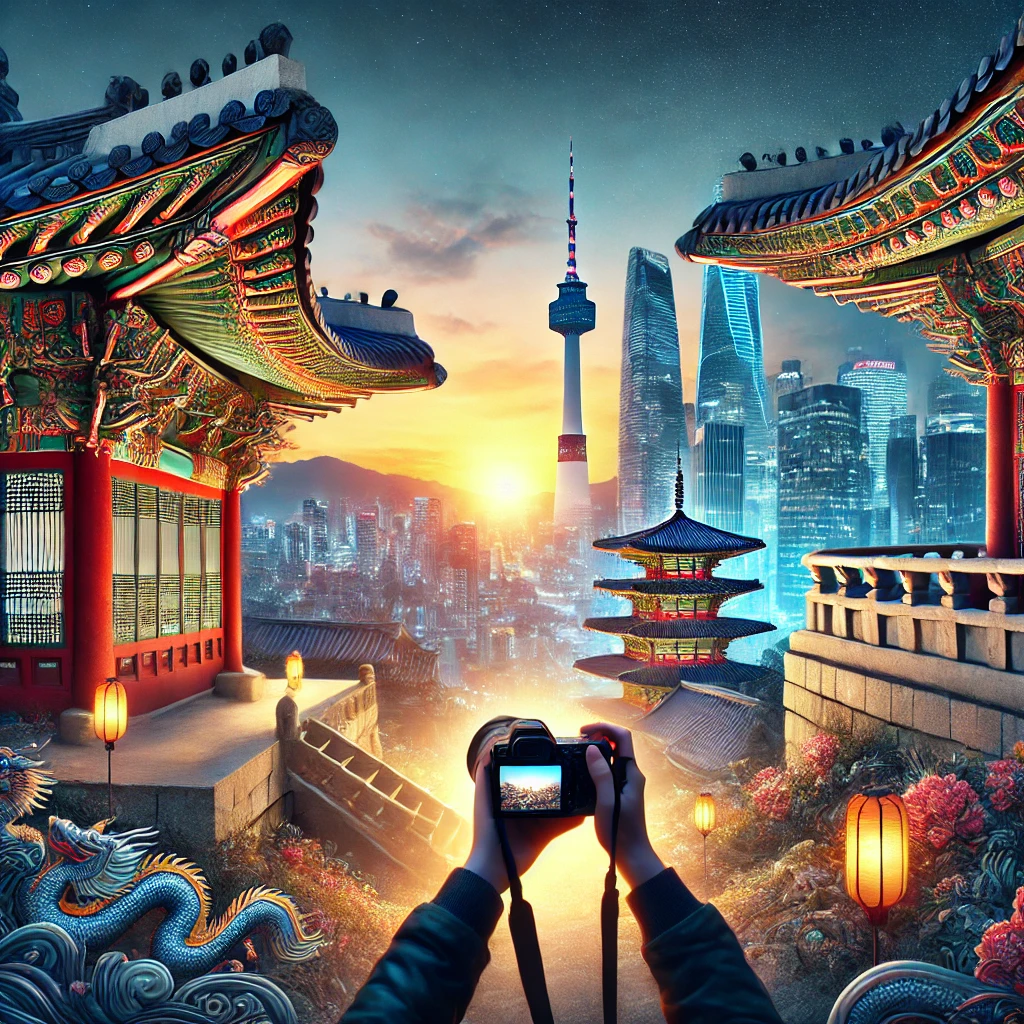Korean photography has a rich history that reflects both the cultural essence and the evolving technological landscape of the country.
The book associated with ISBN 7122192912, “Let the Good into the Mirror of Korean Photography Notes,” offers an in-depth exploration of this subject, providing readers with insights into how photography has developed in Korea over the years and its cultural significance today.
In this guide, we will walk you through the evolution of Korean photography, key figures who have shaped it, and how modern technology is influencing the art form.
Historical Evolution of Korean Photography
Korean photography can trace its roots back to the late 19th century when it was first introduced during the Joseon Dynasty. Initially, photography served as a tool for documenting royal events, landscapes, and portraits.
However, it didn’t take long for photography to transition from a technical process to a creative art form.
Early Developments and Influences
The arrival of photography in Korea coincided with the country’s opening to the Western world. Early Korean photographers were heavily influenced by Western techniques, while also incorporating traditional Korean aesthetics.
This fusion created a unique style that set Korean photography apart from its global counterparts.
Impact of Political and Social Changes
As Korea underwent significant political and social changes—ranging from the Japanese occupation to the Korean War and subsequent division of the country—the themes explored in photography shifted as well.
The medium became a powerful tool for political expression, personal storytelling, and social commentary. Many photographers used their craft to document the lives of ordinary people during times of war, poverty, and political turmoil, capturing the profound human experience during these difficult times.
Aesthetic Principles of Korean Photography

The visual style and aesthetic principles of Korean photography are deeply rooted in the culture and history of the country. It is not just about capturing images; it is about telling a story and evoking emotions.
Core Themes and Visual Styles
Korean photographers often explore themes such as identity, tradition, and the complex relationship between modernity and heritage. The use of natural light, minimalist compositions, and careful framing is common in Korean photography.
In many works, you’ll see serene landscapes or urban scenes that reflect the delicate balance between nature and man-made structures.
For example, portraits often focus on the subject’s quiet dignity, while landscapes showcase Korea’s mountainous terrain or its bustling cities.
Symbolism and Cultural Narratives
A recurring feature in Korean photography is the use of symbolism. Cultural symbols such as the Hanbok (traditional clothing), the Korean landscape, and elements of Buddhism or Confucianism often appear in photos to communicate deeper themes of Korean identity.
These visual narratives give context to the photos, enriching the viewer’s understanding of Korean culture and its core values.
Notable Photographers and Their Works
To fully understand Korean photography, it’s essential to highlight the photographers who have made a lasting impact on the field. From early pioneers to contemporary artists, these figures have shaped the landscape of Korean photography.
Profiles of Influential Photographers
One of the most prominent figures in Korean photography is Kim Ki-choo, whose work focused on the everyday lives of Korean people. His photographs from the 1950s and 1960s are considered iconic in the history of Korean photography.
Another significant photographer is Chung Seoyoung, known for her contemporary portrait photography that blends traditional Korean aesthetics with modern concepts.
Analysis of Their Signature Works and Contributions
Kim Ki-choo’s images are often poignant and filled with emotion, capturing the struggles of a nation in a time of great upheaval. His works helped solidify the role of photography as a medium for social commentary.
Meanwhile, Chung Seoyoung’s portraits convey a sense of quiet strength, exploring the identities of her subjects through intimate and carefully composed images. Her work represents the transition from traditional to modern in Korean photography.
Technological Advancements in Korean Photography

As in other parts of the world, the advent of digital technology has had a profound impact on Korean photography. The book tied to ISBN 7122192912 delves into the technological shifts that have influenced this art form.
Impact of Digital Technology
The shift from film to digital photography has allowed Korean photographers to experiment with new techniques. With the availability of high-quality digital cameras and editing software, photographers now have the tools to enhance their images in ways that were previously unimaginable.
Furthermore, the rise of social media platforms like Instagram has allowed Korean photographers to showcase their work to a global audience, contributing to the rise of digital photography as an accessible art form.
Contemporary Trends in Korean Photograph
Today, Korean photography continues to evolve, with photographers exploring new genres and responding to global trends.
Current Movements and Styles
In contemporary Korean photography, you will find a blend of traditional influences with new, experimental approaches. For instance, street photography is gaining popularity, capturing the dynamic, fast-paced life of urban Seoul
. Additionally, portraiture has moved beyond traditional studio settings, with photographers increasingly capturing people in their everyday environments.
Influence of Global Art Trends
With the global rise of digital art and mixed media, Korean photographers are also integrating these elements into their work. The intersection of photography and digital art has created new opportunities for creative expression.
Future Directions of Korean Photograph
Looking ahead, Korean photography is likely to continue evolving with advancements in technology and the growing global art scene.
Predictions for the Future
The future of Korean photography will likely see greater experimentation with digital tools and techniques. New genres such as virtual reality photography and immersive multimedia experiences could reshape the way photographs are created and consumed.
Challenges and Opportunities
While the rise of digital platforms offers more opportunities for exposure, the sheer number of photographers may create challenges in standing out. However, the continued focus on unique cultural narratives will provide a competitive edge for Korean photographers in the global market.
FAQs:
What is the significance of ISBN 7122192912 in Korean photography?
ISBN 7122192912 refers to the book “Let the Good into the Mirror of Korean Photography Notes,” a detailed resource that explores the history and development of Korean photography.
Who are the most influential photographers in Korean history?
Kim Ki-choo and Chung Seoyoung are two of the most influential photographers in Korea, each contributing uniquely to the evolution of the art form.
How has digital technology influenced Korean photography?
Digital technology has revolutionized Korean photography, offering photographers the ability to experiment with new techniques and share their work globally.
What are some common themes in Korean photography?
Common themes include identity, tradition, the relationship between modernity and heritage, and political/social commentary.
What is future of Korean photography?
The future of Korean photography will likely involve more experimentation with digital and multimedia elements, as well as continued global recognition.
How did Korean photographers adapt to the challenges posed by the Korean War?
Photographers focused on capturing the human cost of war, highlighting resilience and hope amid destruction despite limited resources.
What role does social media play in the success of modern Korean photographers?
Social media allows photographers to showcase their work globally, gaining recognition and exposure without relying on traditional galleries.
Are there any specific photography techniques that are unique to Korean photographers?
Korean photographers often use minimalism, natural light, and blend traditional elements with modern settings, creating a distinct style.
How does Korean photography reflect the country’s cultural values?
Korean photography reflects cultural values like respect for tradition, family, and the balance between nature and urban life.
Can anyone become a successful Korean photographer, or is it a field dominated by experts?
Thanks to digital technology and social media, anyone can share their work and gain success, not just established experts.
Conclusion:
In conclusion, Korean photography has come a long way from its early days, evolving in response to political, social, and technological changes. The photographers highlighted in this guide, along with the technological advancements discussed, demonstrate how this art form has adapted while staying true to its cultural roots.
Through continued innovation, Korean photography is poised for even greater achievements in the years to come.
recommend article:
Toaster Bath Bomb – Everything You Need To Know!
48V 150Ah 7.68kWh Lithium Battery LiFePO4 – Comprehensive Guide!
The Ultimate Guide To Coyyn.Com – Revolutionizing Digital Finance And Blockchain Solutions!
Exploring Myliberla.Com Articles: Your Ultimate Guide!
Shumai Nedir – Kökeni, Çeşitleri, Besin Değerleri Ve Evde Yapımı!




